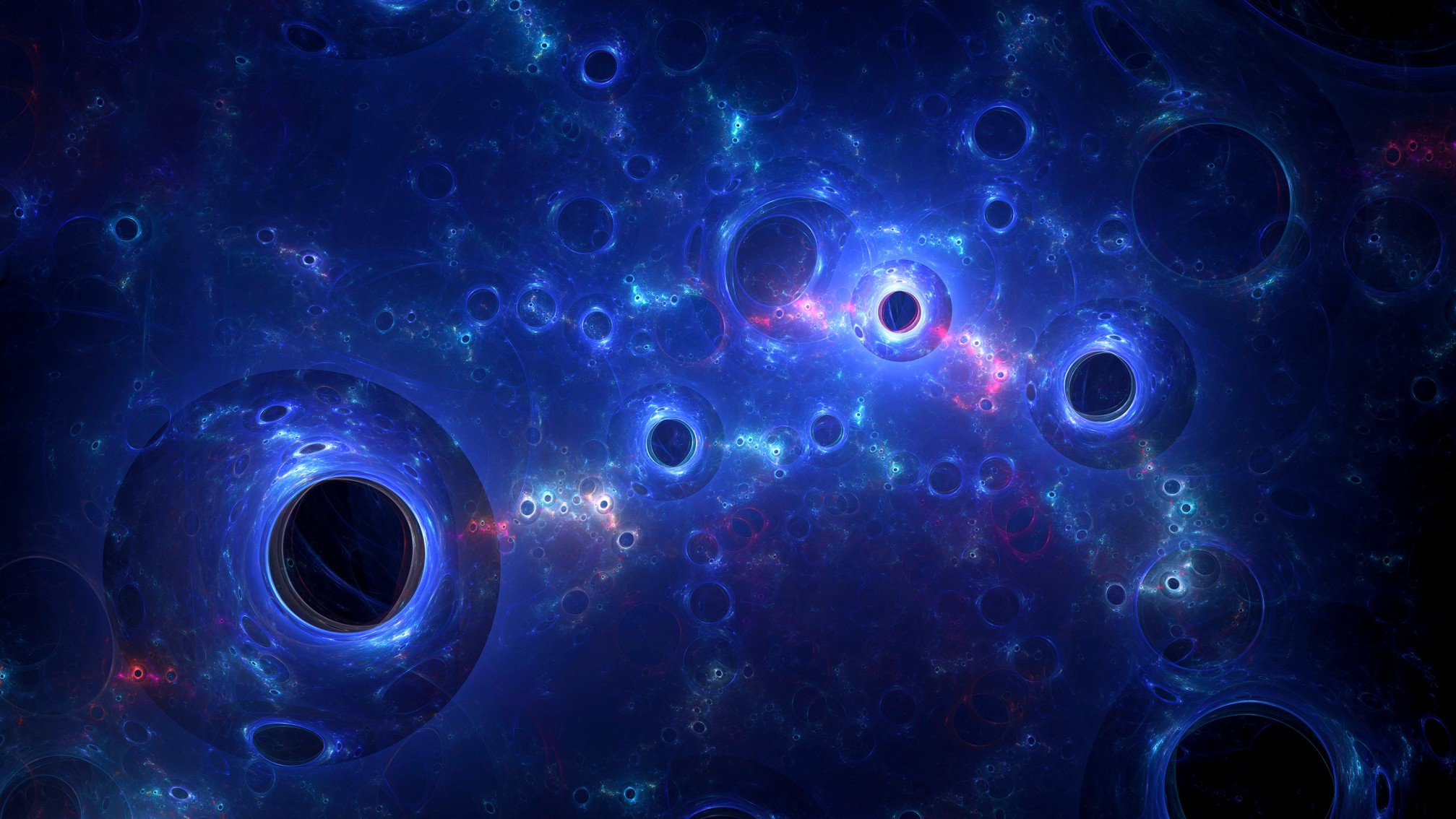Researchers Find Palomar 5 Cluster Contains Over 100 Black Holes, Leading to Ejection of Stars into Space
TL;DR
Scientists have discovered that the Palomar 5 star cluster, located 80,000 light-years away, may contain over 100 stellar-mass black holes, making up around 20% of its mass. This discovery explains the cluster’s spread-out stars and long tidal stream, formed by stars ejected from gravitational interactions with these black holes. The researchers used N-body simulations to analyze the cluster’s evolution, predicting that Palomar 5 will dissolve in a billion years, leaving only black holes behind. This finding provides insights into star cluster evolution and the role of black holes in these systems.
A fluffy cluster of stars spread out across the sky could be hiding a secret within its core: a collection of over 100 stellar-mass black holes.
The star cluster in question is Palomar 5, a stellar stream extending across 30,000 light-years, located about 80,000 light-years away.
Globular clusters like these are often thought of as ‘fossils’ from the early Universe. These dense, spherical clusters typically contain between 100,000 to 1 million very old stars. Some, like NGC 6397, are nearly as old as the Universe itself.
In any globular cluster, the stars were all born at the same time from the same cloud of gas. The Milky Way contains around 150 known globular clusters, and these objects are valuable tools for studying things like the history of the Universe or the dark matter content of the galaxies they orbit.
However, another type of star grouping has been gaining attention—tidal streams, which are long stretches of stars that span the sky like rivers.
In the past, these streams were difficult to detect, but the Gaia space observatory, which is precisely mapping the Milky Way in 3D, has helped bring more of them into view.
“We do not know how these streams form, but one idea is that they are disrupted star clusters,” explained astrophysicist Mark Gieles from the University of Barcelona in Spain in 2021, when researchers first revealed the discovery.
“However, none of the recently discovered streams have a star cluster associated with them, hence we can not be sure. So, to understand how these streams formed, we need to study one with a stellar system associated with it. Palomar 5 is the only case, making it a Rosetta Stone for understanding stream formation and that is why we studied it in detail.”
What makes Palomar 5 unique is its very spread-out, loose collection of stars paired with a long tidal stream spanning more than 20 degrees across the sky, which led Gieles and his team to focus on it.
The team conducted detailed N-body simulations to recreate the orbits and evolutions of each star in the cluster, aiming to understand how they ended up in their current positions.
Since recent evidence indicates that black holes might populate the central areas of globular clusters, and gravitational interactions with black holes are known to eject stars, the researchers incorporated black holes into some of their simulations.
Their findings suggested that a group of stellar-mass black holes within Palomar 5 could explain the current structure. The gravitational interactions likely flung stars out of the cluster and into the tidal stream, but only if the number of black holes present was far greater than initially anticipated.
Stars would have been ejected from the cluster more easily than black holes, shifting the ratio of black holes upward.
“The number of black holes is roughly three times larger than expected from the number of stars in the cluster, and it means that more than 20 percent of the total cluster mass is made up of black holes,” Gieles stated.
“Each black hole has a mass about 20 times that of the Sun, and they formed in supernova explosions at the end of the lives of massive stars when the cluster was still very young.”
According to the team’s simulations, the cluster will completely dissolve in about a billion years. At that point, what remains of the cluster will be entirely composed of black holes orbiting the galactic center. This indicates that Palomar 5 may not be so unique after all—it will dissolve into a stellar stream just like others we’ve found.
The research also implies that other globular clusters could share the same fate and confirms that these clusters might be prime locations for finding black holes that will eventually merge, as well as the elusive intermediate-mass black holes, which are heavier than stellar-mass black holes but lighter than supermassive black holes.
“It is believed that a large fraction of binary black hole mergers form in star clusters,” said astrophysicist Fabio Antonini of Cardiff University in the UK.
“A big unknown in this scenario is how many black holes there are in clusters, which is hard to constrain observationally because we can not see black holes. Our method gives us a way to learn how many black holes there are in a star cluster by looking at the stars they eject.”
The research has been published in Nature Astronomy.




